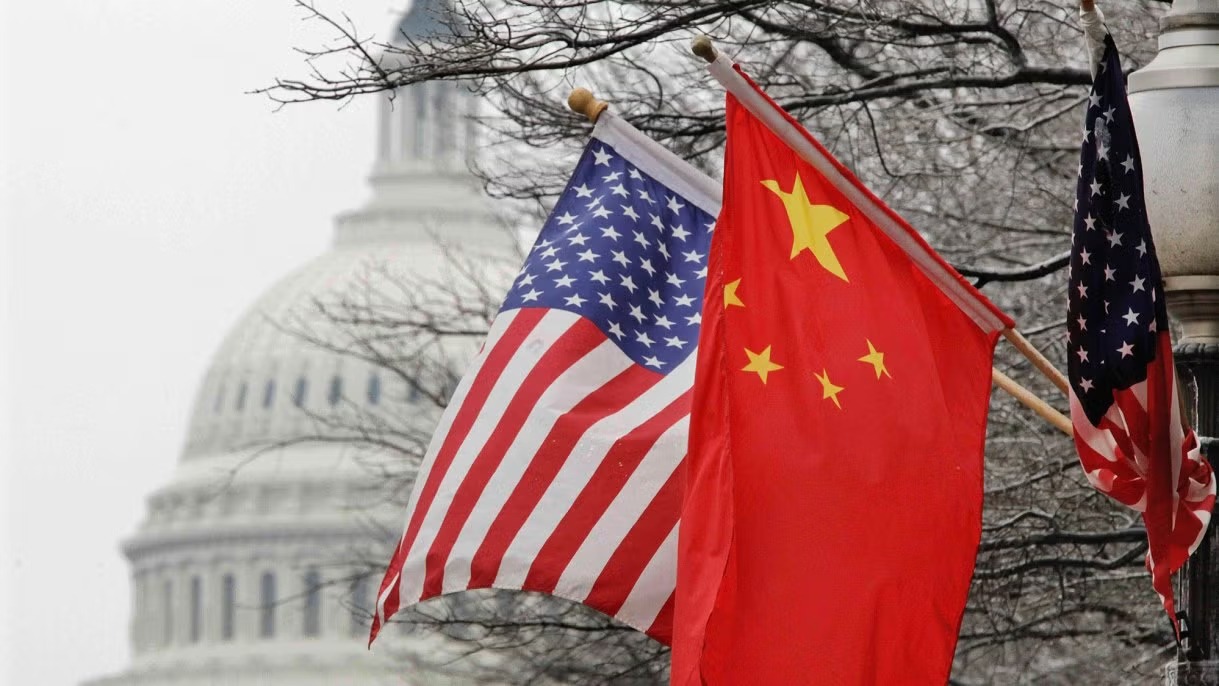China’s vulnerability in the trade conflict with Trump

During his first term, US President Trump mocked China, asserting that his tariffs had resulted in the loss of five million jobs in the country. In a tweet from 2019, he asserted that his trade policies had placed China “back on its heels.” There was significant disagreement among economists regarding the extent of the pain inflicted by Trump’s tariffs; however, the message highlighted the crucial role of jobs within China’s export-dependent economy.
Four months into Trump’s second term, negotiations between the United States and China regarding tariffs have resumed, with a particular focus on the Chinese labour market, especially in relation to factory jobs. This time, China’s economy is facing challenges, resulting in increased vulnerability for its workforce. A sustained decline in property values, exacerbated by the Covid-19 pandemic, has resulted in job losses and a diminished sense of wealth among individuals. New university graduates are entering the labour pool as the unemployment rate for young workers remains in the double digits.
“The situation is clearly much worse,” stated Alicia Garcia-Herrero, chief economist for the Asia-Pacific region at investment bank Natixis. With the decline of employment opportunities in various sectors, she stated, the significance of safeguarding China’s 100 million manufacturing jobs has increased. Natixis stated that if US tariffs remained at their existing levels of at least 30 percent, exports to the United States would decline by 50 percent, leading to a potential loss of up to six million manufacturing jobs. If the trade war resumes in full, job losses could surge to nine million.
China’s economy has faced challenges in its recovery from the pandemic, growing at a rate that is slower than during Trump’s first term, when growth exceeded 6 per cent annually. While the Chinese government has established a target of approximately 5 per cent growth for this year, numerous analysts foresee that the actual outcome will likely be below this benchmark.
In early 2018, China announced that its urban jobless rate had decreased to a 15-year low and that the nation had generated a record number of new jobs. Since then, government crackdowns and tighter regulations have dampened industries such as technology and online education—once-vibrant sectors that created numerous jobs. During that period, there was a notable increase in unemployment, particularly affecting the youth demographic. The jobless rate among 16-to-24-year-olds stood at 15.8 per cent in April, reflecting a modest improvement from the preceding month. However, the figure is anticipated to rise once more as 12 million new college graduates join the workforce this year.
In 2023, as youth unemployment hit a staggering 21.3 per cent, the Chinese government opted to suspend the release of the figures. At that moment, a notable economist asserted that the actual figure was nearer to 50 per cent. Beijing reinstated the dissemination of the data last year, employing a revised methodology that resulted in a reduced reported rate. Simultaneously, individuals who are employed find themselves in a more vulnerable situation. A declining number of companies are providing full-time positions, increasingly depending on gig workers for services such as food delivery and manufacturing. Although these positions provide a degree of flexibility, they generally offer lower compensation and are accompanied by limited protections or benefits.
In late April, Yu Jiadong, a senior official at China’s Ministry of Human Resources and Social Security, stated that the government had prepared measures to maintain employment stability, particularly for Chinese exporters.










